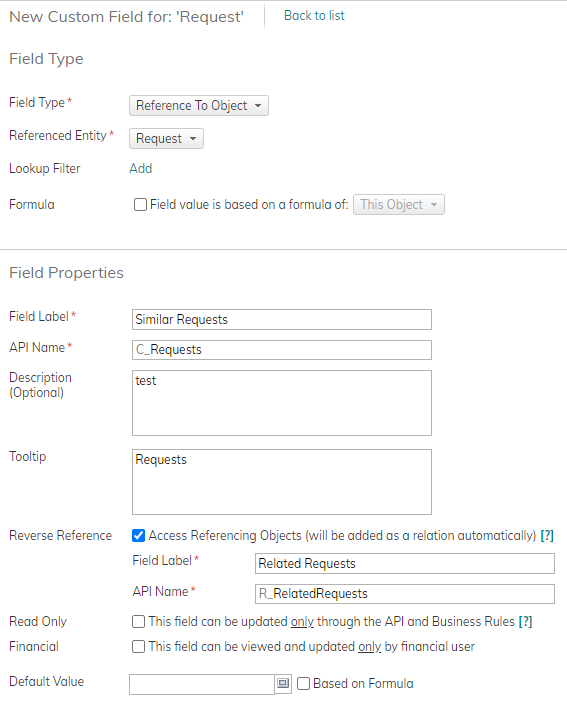Hello everyone!
We have implemented a demand management process for our Programme Managers to upload the requests they receive from the business. We have noticed some similarities among requests coming from different areas. Any ideas on how to link them to avoid duplication?
Thanks!








